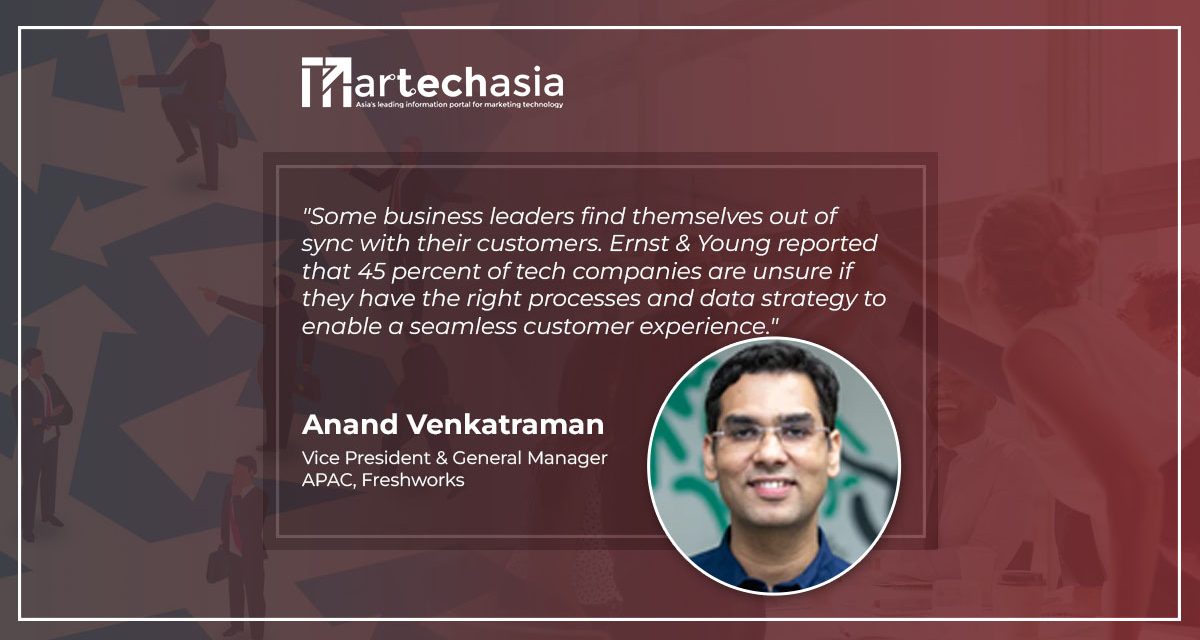Customer success is harder to attain or identify when teams make the four following common mistakes.
Customer success is often undervalued, and businesses sometimes struggle to see the amount of work that needs to be invested in perfecting this relationship. It is an ongoing process that requires hands-on management at every stage.
IDC research shows that in the short, medium and long term, customer experience has dramatically moved to the top of the enterprise technology agenda. However, there is more to it than just getting the right customer experience technology, when the real challenge is that empathy cannot be automated.
Just like relationship building, some errors are easy to remedy, while others require us to change our behaviour in more substantial ways.
Customer success is harder to attain or identify when teams make the four following common mistakes. Here are some ways to understand what these mistakes are and how to resolve them.
1. Being too focused on the day-to-day
Defining customers’ goals and working to accomplish these objectives together is a critical component of any Customer Success process. That said, Customer Service Managers (CSMs) need to be careful to avoid plateauing at this tactical level of the “goal to execution” process.
Meeting goals from one quarter to the next does not necessarily guarantee a healthy and long-term relationship. Customers often find it difficult to articulate their needs. They might request a long list of new functionality and features, which makes it challenging to zero in on the ones that are most important. Moreover, there are features that customers don’t even know they want until they see them somewhere else.
Some business leaders find themselves out of sync with their customers. Ernst & Young reported that 45 percent of tech companies are unsure if they have the right processes and data strategy to enable a seamless customer experience.
Getting bogged down in the day-to-day reduces a CSM’s ability to track and influence key strategy changes. If teams are too preoccupied with checking items off a to-do list, they might be too busy to anticipate their customer’s needs today. This will in turn limit their ability to continue delivering value far into the future.
2. Sending emails to “check-in”
Keeping in touch with customers is crucial, but sending a “check-in” message isn’t just an ineffective way to get a pulse on a customer’s progress, it can also harm the relationship. KPMG found that 31 percent of consumers find the idea that a company knows more about them than they do themselves ‘creepy.’ In order to build a foundation of mutual respect, organisations need to provide value. Commit to delivering value at every interaction in the form of strategic insight, targeted recommendations, or a thoughtful point of view.
3. Poor communication during times of crisis
Few companies can avoid some kind of “crisis” in a given year.
During these critical moments, CSMs are often inundated with calls and emails from customers demanding an explanation or update, and it can be tempting to avoid responding until everything has been resolved. Doing so is a huge mistake since times of crisis can come to define vendor-client relationships.
Many SaaS crises come in the less sensationalised form of a software outage. Business leaders should firstly acknowledge the issue, then share whatever initial information there is available. After that, customers are kept informed and updated on new releases. Publishing updates on a predefined schedule helps CSMs appropriately manage expectations and signals that the organisation in question is actively working on a solution. If there is an issue, businesses should notify their customers on how and why this would affect them.
That’s not all. In addition to communicating disruptions to clients with speed and transparency, businesses should also consider thoroughly assessing the crisis to understand what went wrong.
They can begin by determining if the outage was a violation of any SLAs or contract requirements. Then, they should consider issuing internal and external post-mortems on the incident and the way their teams responded.
The internal review will shed light on how the organisation could have prevented the issue or responded more effectively, and the external review builds confidence that the organisation won’t make the same mistakes again.
4. Going dark until 2 weeks before renewal
On occasion, CSMs may find themselves at a loss when they realise that they have neglected to reach out to one of their longest-tenured and most stable customers whose contract is due for renewal in a limited time frame.
By then, it might be too late. To prevent such a situation from occurring, businesses should execute an engagement model based on the customer experience lifecycle stage they are in.
At a high level, an engagement model includes meetings such as QBRs, monthly calls, bi-weekly usage updates, and trickles down to individual user-level touchpoints such as onboarding and survey feedback. Businesses can leverage customer success software that helps ensure major lifecycle milestones such as account renewals do not catch them by surprise.
When it comes to making a meaningful change, there is no time like the present. By avoiding these mistakes, an organisation can retain valuable customer relationships in the year ahead.


















